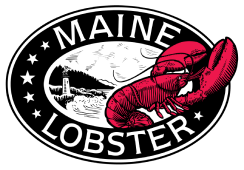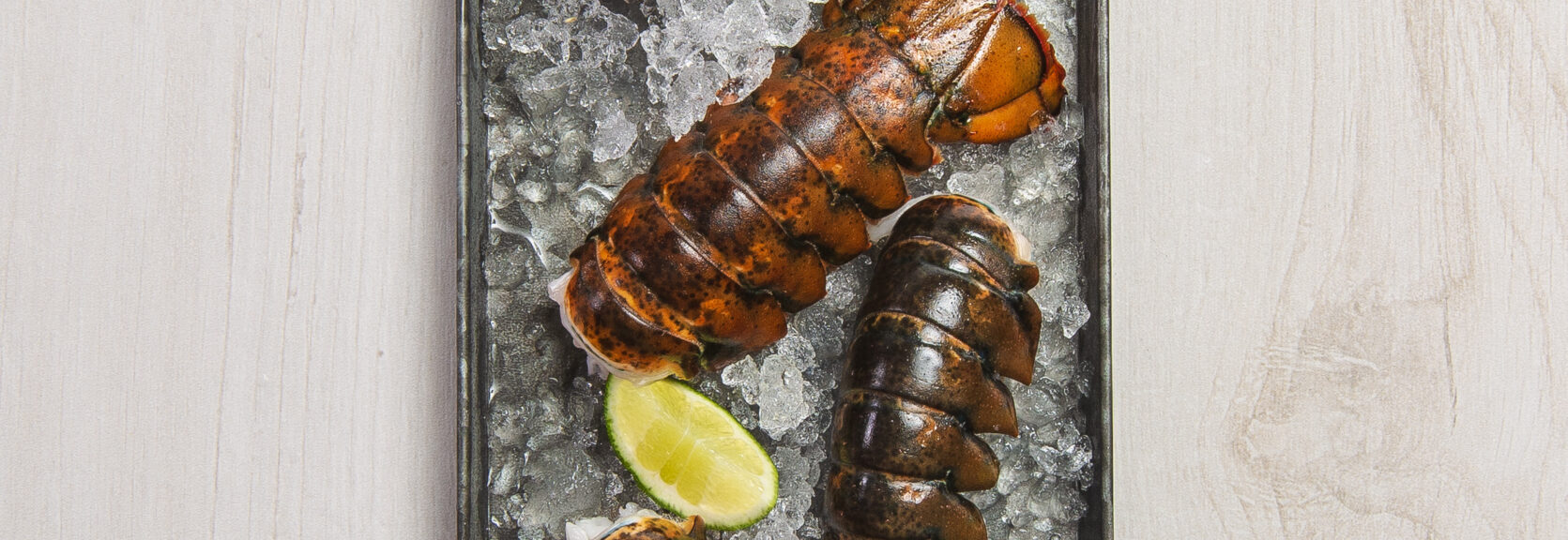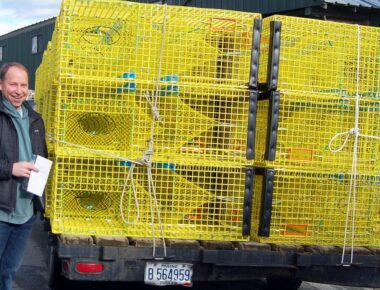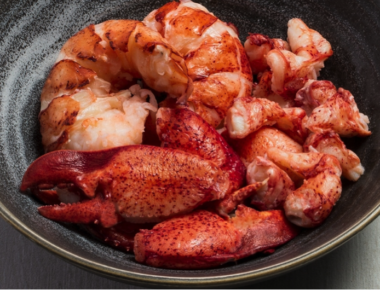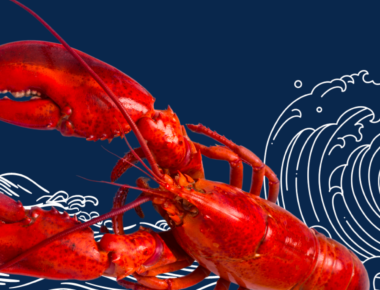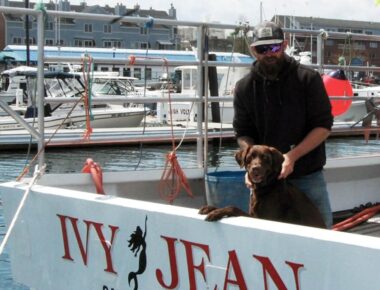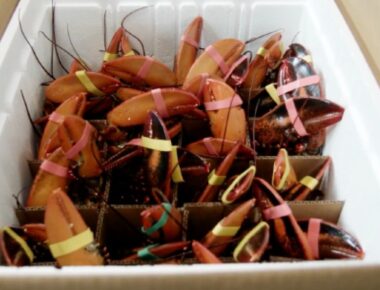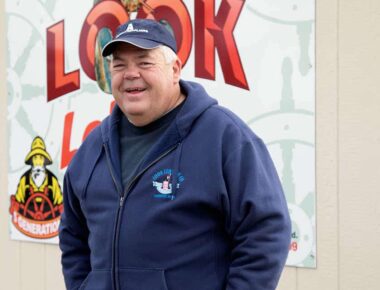A whole lobster, crawling in a tank, being cooked in a pot or carefully dissembled by a hungry diner, is what most people picture when they think about Maine’s iconic seafood.
But whole live lobster is just one part of how Maine lobster gets to consumers in Maine and abroad. For years, processing – cooking and picking the lobster so it can be used in a variety of presentations and products – has been a critical part of the industry.
“It’s not always easy to cook live lobster,” says Morey Highbarger. “Handling an animal isn’t something everyone is used to doing.”
Highbarger has seen the lobster business from all angles, starting as a lobster shack owner before he was approached about running a processing plant. He did that several years before opening Sea Salt to get into the distribution/wholesale side of the lobster business. Today, Sea Salt in Saco ships lobster and also runs a restaurant, opened in 2015, that serves locally harvested and sustainable food.
A large amount of the live lobster harvested in Maine is brought to a processing plant, where it will be cooked and the meat picked and packaged. Processing plants typically open in May, and run from May to December.
The wholesalers will build large inventories of frozen product and ship it over the winter months. They do a lot of that so they can maintain price point and quality over the winter months. (They do have some customers that do frozen year round).
Maine processors mainly focus on a couple of key products – including cooked lobster tails, picked meat (usually marketed as CK, meaning claw and knuckle, or CKT, meaning claw knuckle and tail), and frozen raw tails. Cooked products can be shipped frozen or fresh, depending on the time of year.
Different products have value to different customers – for example, frozen raw tails usually go to restaurants, where chefs will want to use the entire tail and serve in the shell, or grocery chains, who will sell to home cooks looking to grill.
“The tail meat is more resilient when it’s raw and frozen,” says Highbarger. “It’s easier for a customer to take a raw tail and cook it.”
CKT meat tends to ship to restaurants that have a lobster application like lobster rolls, stews or lobster mac and cheese. It’s about 70 percent of what Sea Salt sells, says Highbarger.
Processed lobster meat has to be stored and prepared in a particular way. For frozen product, many people will leave items on a counter or put it in water to accelerate the thawing process – that’s a mistake, according to Highbarger.
“We tell people, don’t try to push the process,” he said. The correct way to handle lobster meat is to slow thaw it in a refrigerator for 24-48 hours. When storing lobster that’s thawed, it should be kept in packaging and “buried” in ice, no matter where it’s being stored.
Another important thing for consumers to know is how far processing techniques have come.
“If people haven’t had frozen or fresh cooked [processed products] in the last 10 years, they may not know how good it is,” said Highbarger. “It’s come a long way.”
While many of the advancements of recent years have come in the form of better freezing techniques, Highbarger also sees a wave of innovation coming in the form of “value-added,” products, meaning products like lobster dip, “poach bags” that can be heated up with seasonings, and more.
“We’re starting to see new products come on the market, and people are getting better at it, he said. “People don’t want to take a live animal home and cook it, but people want lobster and people want it to taste like lobster.”
People will always be drawn to lobster as a product, because of the iconic taste and the feelings it invokes when eaten.
“It is celebration food,” Highbarger said. “It resonates in people’s minds, backyard barbecues, weddings, summer time … it just conjures up that vision for people.”
